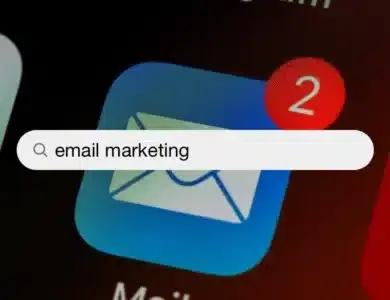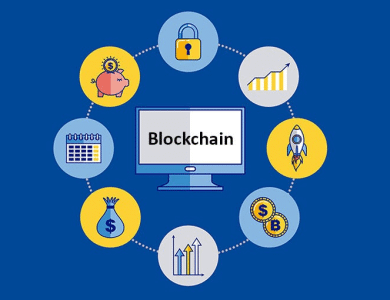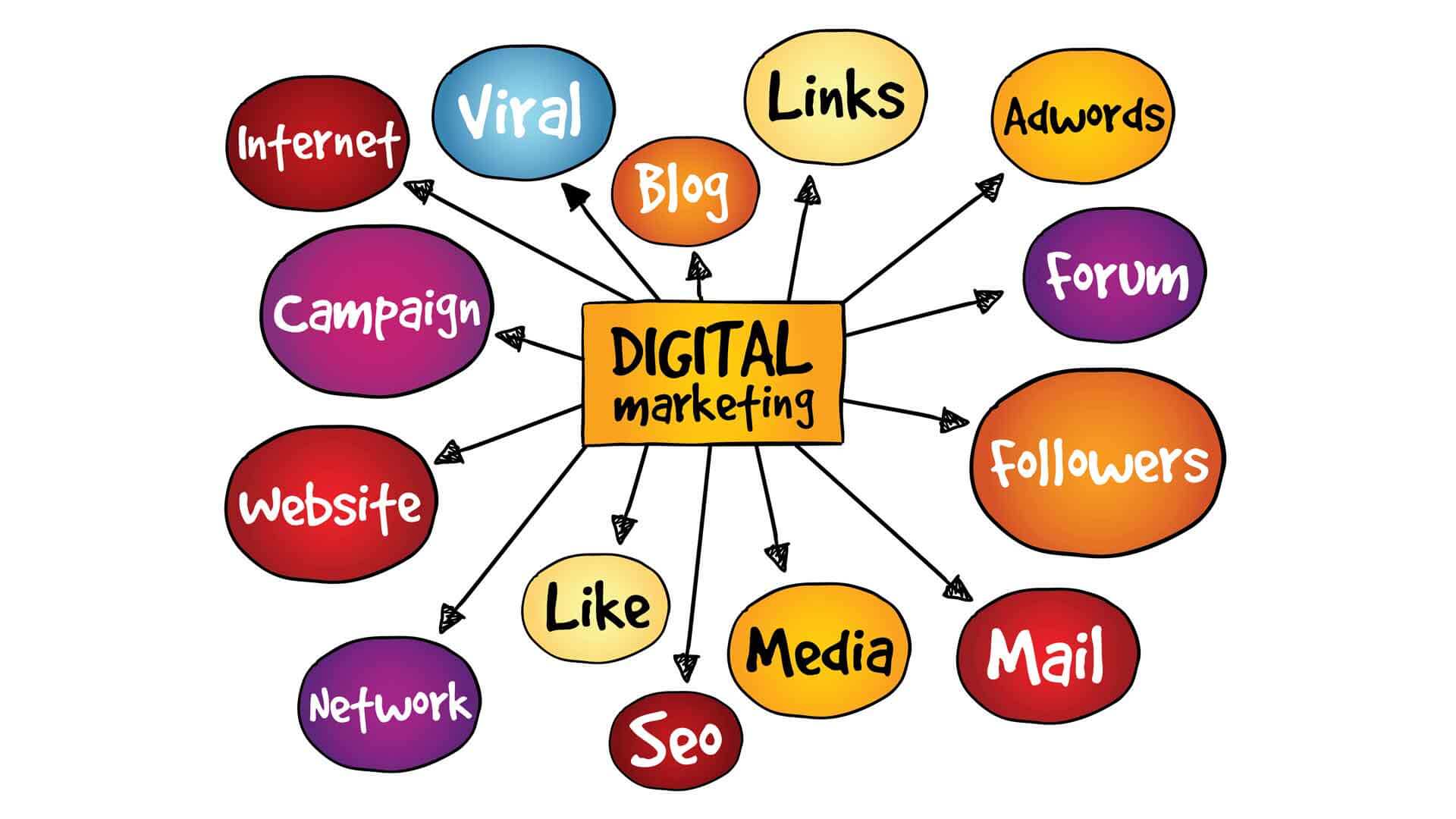
Table of Contents
Now more than ever, people have become more concerned about their daily lives and ways of living impacting the environment. The plastic in our oceans, gas emissions from cars, kitchens, and factories, and massive food waste all contribute to significant threats the planet is facing.
In solidarity with trying to make a change, a lot of people are turning to eco-friendly marketing solutions. Despite their higher costs than alternatives, consumers are making a conscious effort to go green.
In line with these developments, brands and marketing teams have begun looking at different ways to incorporate messaging centered around sustainability and being kinder to the planet in their ads. The existence of this is referred to as green-marketing.
The rise of eco-conscious consumers
The rapid ascension of the eco-minded consumer into the fore of companies happened not too long ago, as at the time of writing this piece. Believed to have been boosted by the effects of the pandemic—people were already making the shift to sustainable products in 2019.
In that year, PwC reported that 35% of respondents said they went for sustainable products to try and help the environment, and then 37% of the same respondents said they purposely looked for products with environmentally friendly packaging. And finally, 41% said they tried their best to avoid plastic when possible.
These numbers showed a 10-20 point increase just two years later in 2021 when PwC ran another survey with similarly worded questions. Added to studies by Visual GPS in collaboration with YouGov—the consensus is that the biggest consumer behavior that will deepen post-pandemic is eco-friendly consumerism.
Case studies of sustainable eco-friendly marketing campaigns

Sustainability in marketing is much more than promoting products and services that might have environmental features or characteristics. It also consists of modifying the brand and innovations within the manufacturing process.
It’s about how brands can satisfy their customer’s primary needs with the least harm inflicted on the environment. It’s considering a different perspective about marketing, taking into account, the consequences humans have on environmental degradation.
Here are a few examples of brands successfully incorporating sustainability and eco-friendly solutions to not just their ad language–but also their product.
Starbucks
Certified by LEED in 2005, Starbucks decided to eliminate all plastic straws by 2020 and also open up to 10,000 ‘green’ stores by 2025.
Starbucks also made plans to reduce waste by using 25 percent less power during production processes and 30 percent less water as well, as part of its Green Store initiative.
Other eco-friendly ideas include designing disposable cups, recycling, and green building, supporting farmers, and engaging its community in sustainable issues. Starbucks works hard to communicate this message to its target audience. That’s green-marketing.
IKEA
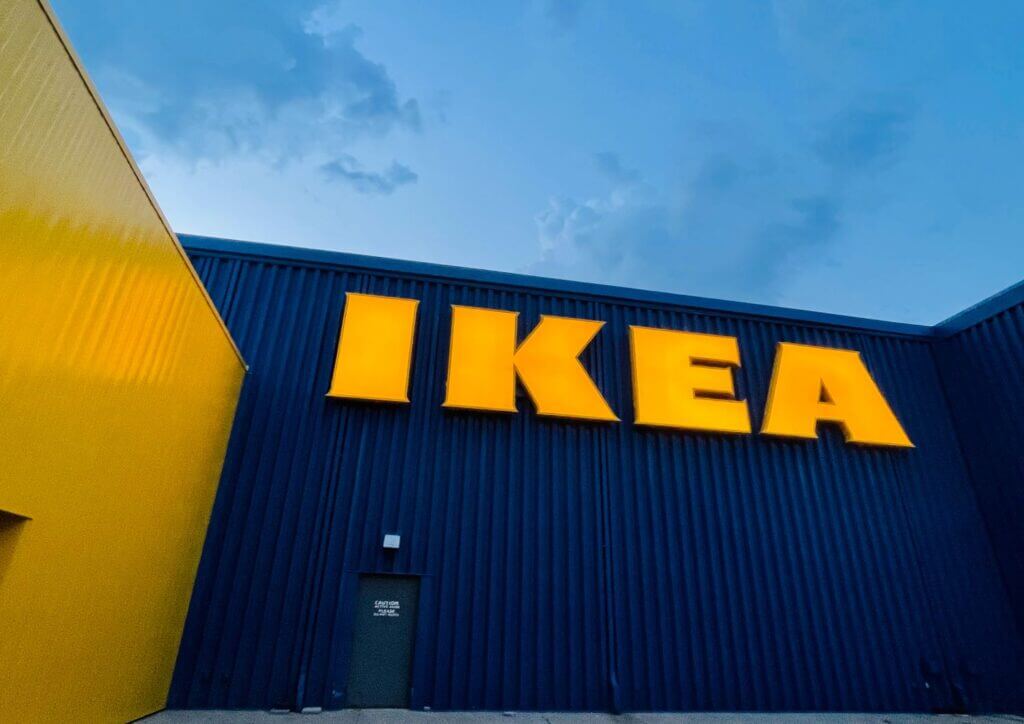
IKEA uses different approaches to manage waste and source out renewable energy. A staggering 90% of its buildings have solar panels. It also utilizes wind farms to generate energy and plant millions of trees with only 15% of waste sent to landfills.
The People & Planet Positive initiative developed by IKEA encourages consumers to be environmentally conscious. The brand also ensures to manufacture of some products in an eco-friendly manner. This eliminates the need to choose between an aesthetic option or a more sustainability-driven one.
This is only the start as IKEA is working towards a 100% renewable energy goal, and spending tons on its green initiatives. All this while holding awards and being publicly recognized for human and economic rights efforts.
Other Examples
- PepsiCo has campaigns on the reduction of water and energy use across all its business activities.
- Hershey is aiming to reduce greenhouse gases by 50% by 2025 with environmentally-friendly practices.
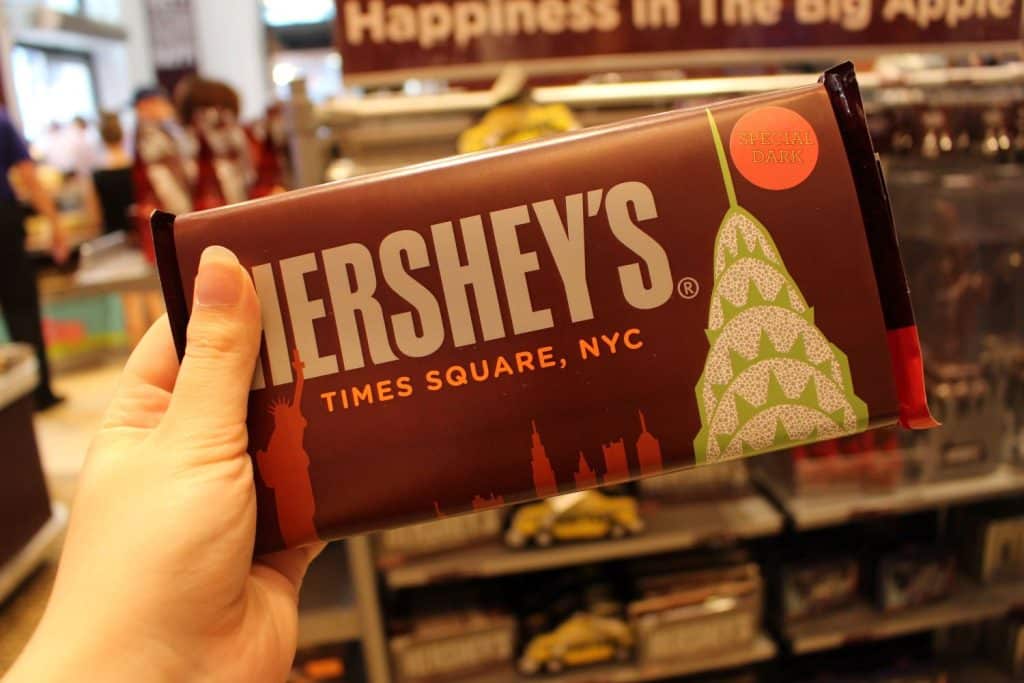
Tips for brands to become more eco-friendly
Here are a few tips to help you take a more green position with your brand and promote sustainability to your target audience:
- Ensure you communicate your green message through marketing media, e.g., TV radio, and digital marketing.
- Aim at eco-friendly manufacturing
- Promote the environmentally conscious aspects of your brand at every point of customer contact within the content and copy assets. This will include your website, blogs, feature articles, e-mail, social media, coupons, mobile marketing, retargeting, and traditional word-of-mouth.
- Support community initiatives and programs centered around eco-friendly solutions.
- Visualize the results of market research to show and educate your audience on recommended green improvements.
- Partner with similar-thinking businesses to promote cross-promotion.
FAQs
What are sustainable marketing strategies?
Sustainable marketing has five strategies and principles at its core. These are known as consumer-oriented marketing, innovative marketing, customer-value marketing, societal marketing, and sense of mission marketing.
What are the 4 P’s of sustainable marketing?
Four P’s of marketing also known as the sustainable marketing mix is a combination of product, price, place, and promotion. These are similar to the four P’s of marketing, but the major difference will come in the approach to each pillar.
For instance, place or distribution will involve finding ways to transport a company’s product while reducing the carbon footprint from the gas emissions of trucks and vehicles. So a solution to this would be using new-age trains or stacking products more resourcefully.
Why is sustainable eco-friendly marketing important?
Sustainable marketing provides a means for companies to address social and environmental concerns within their overall marketing. It also allows brands to show their commitment to social responsibility. When done right, green marketing has the potential to improve a business’s reputation.


